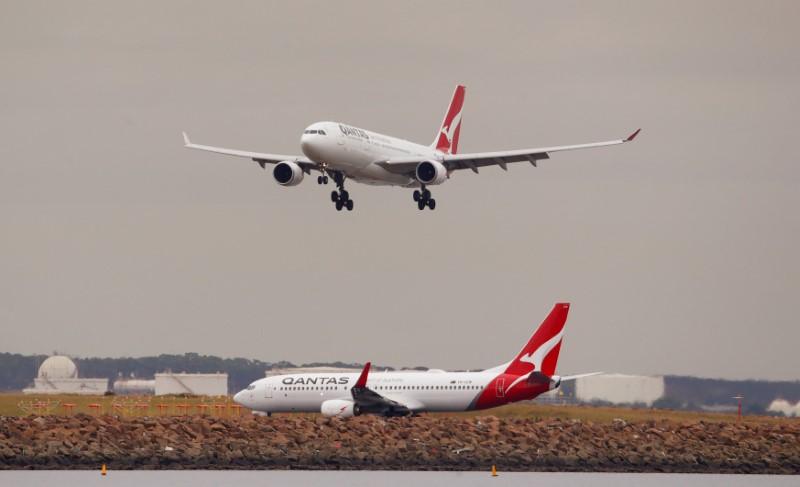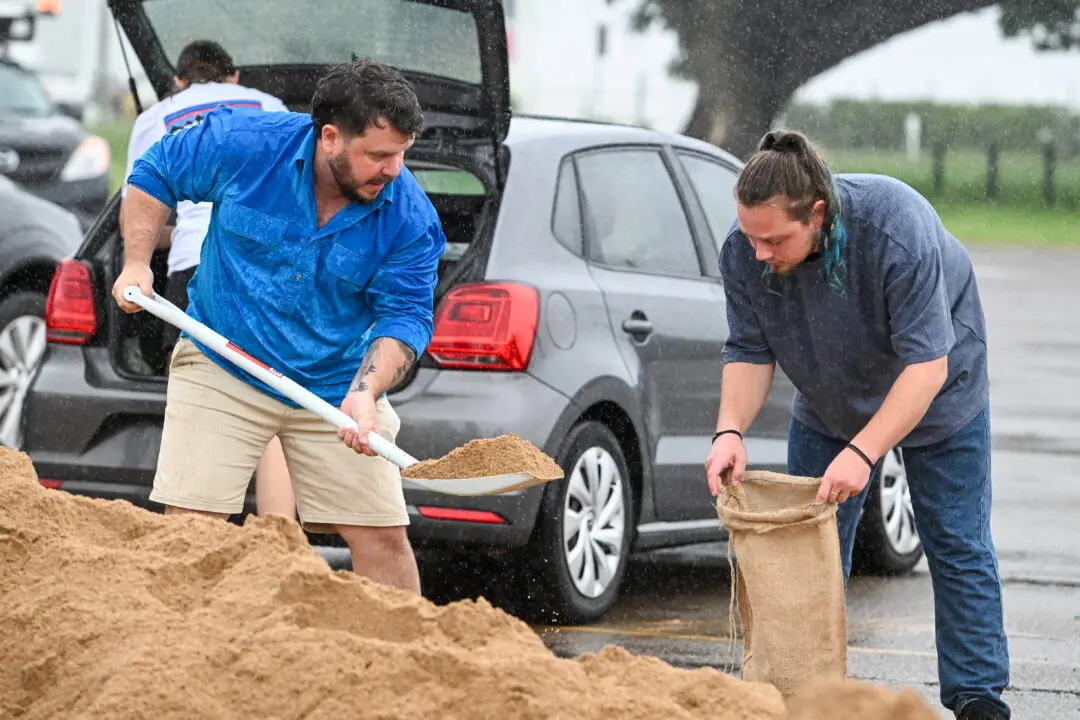More than 600,000 flights between Sydney and Melbourne could be powered by fuel made from agricultural waste in 2025 if Australian industry and governments make changes to support sustainable aviation fuel, a report has found.
With greater investments, biofuel could also power 90 percent of all domestic flights by 2050 and significantly cut aviation emissions.





